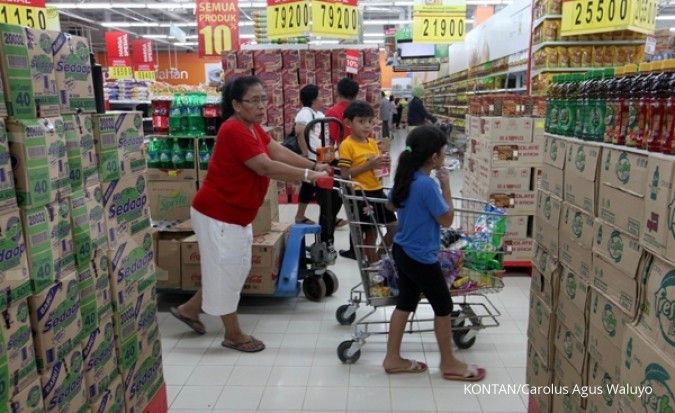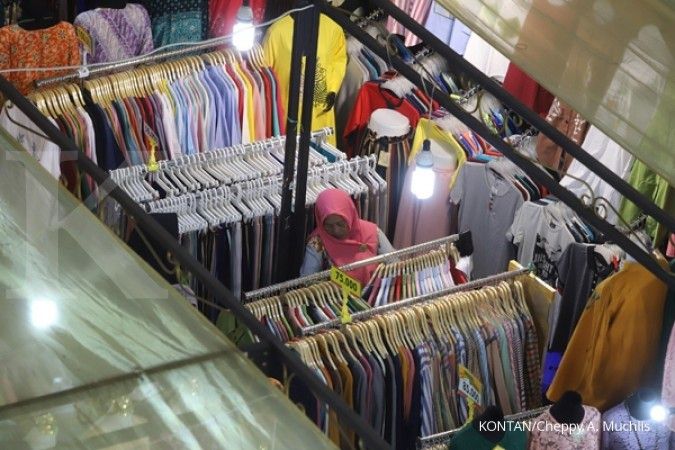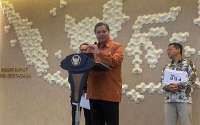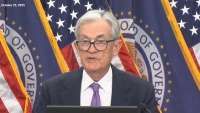INFLATION - MANILA. Philippine inflation eased in March to its slowest annual pace in 15 months on easing food prices, giving the central bank elbow room to manoeuvre monetary policy if necessary.
It was the fifth straight month that inflation has eased and the slower-than-expected 3.3 percent print marked the second month in a row that the rate has fallen below the top end of the central bank's 2-4 percent target for this year.
The central bank expects inflation to continue to moderate further as the government begins to implement a new law that removed a two-decade-old cap on rice imports. Food prices account for about 35 percent of the consumer price basket.
Philippine policymakers have downplayed the impact on food prices of the current El Nino-induced dry weather, which they described as weak. Damage to crops, including paddy rice, due to the dry spell has crossed the 5 billion pesos ($96 million) mark as of this week, according to the agriculture department.
Last month's price reading, which was below the 3.5 percent median forecast in a Reuters poll, brought the year-to-date inflation to 3.8 percent, which was within the central bank's target.
The data supports views that the central bank would take advantage of cooling inflation to reverse some of last year's policy tightening to support economic growth.
"With inflation continuing to print within target...we continue to believe that the door to ease monetary policy remains wide open," said ING economist Nicholas Mapa.
The Philippines last month cut its 2019 growth target to 6-7 percent from 7-8 percent, due to a delay in the legislative approval of this year's national budget and the U.S.-China trade war.
The 3.757 trillion peso ($72.10 billion) budget bill is now awaiting President Rodrigo Duterte's signature.
The Philippines remains one of Asia's fastest growing economies, but policymakers had to grapple with soaring inflation last year that pushed the central bank to raise its benchmark rate by a total 175 basis points to 4.75 percent.
Many analysts believed the central bank will reduce the amount of cash the banks must hold as reserves and deliver at least one interest rate cut this year.
The central bank next meets to review policy on May 9.
/2016/06/20/1000304426p.jpg)












